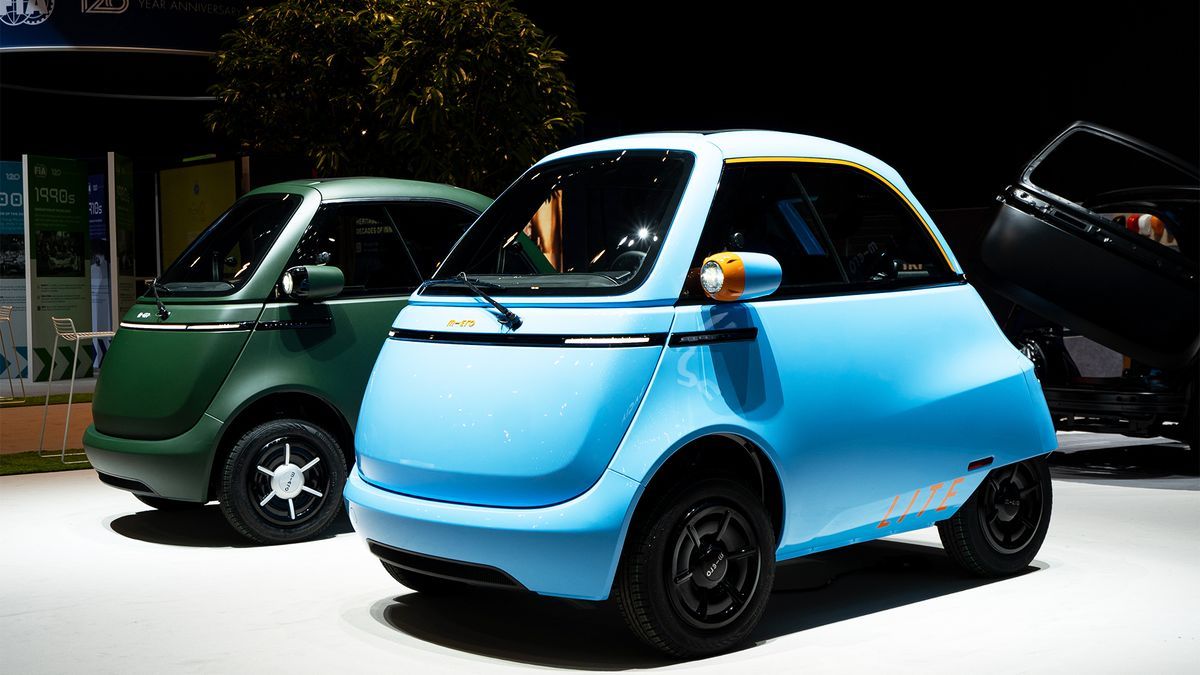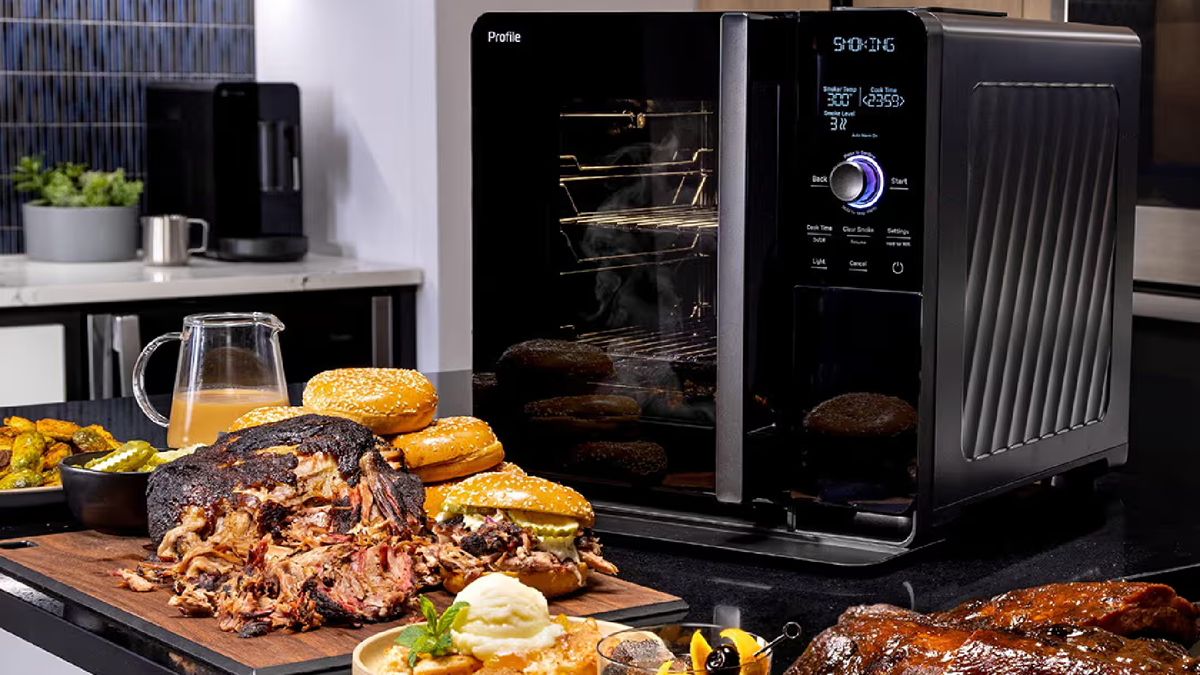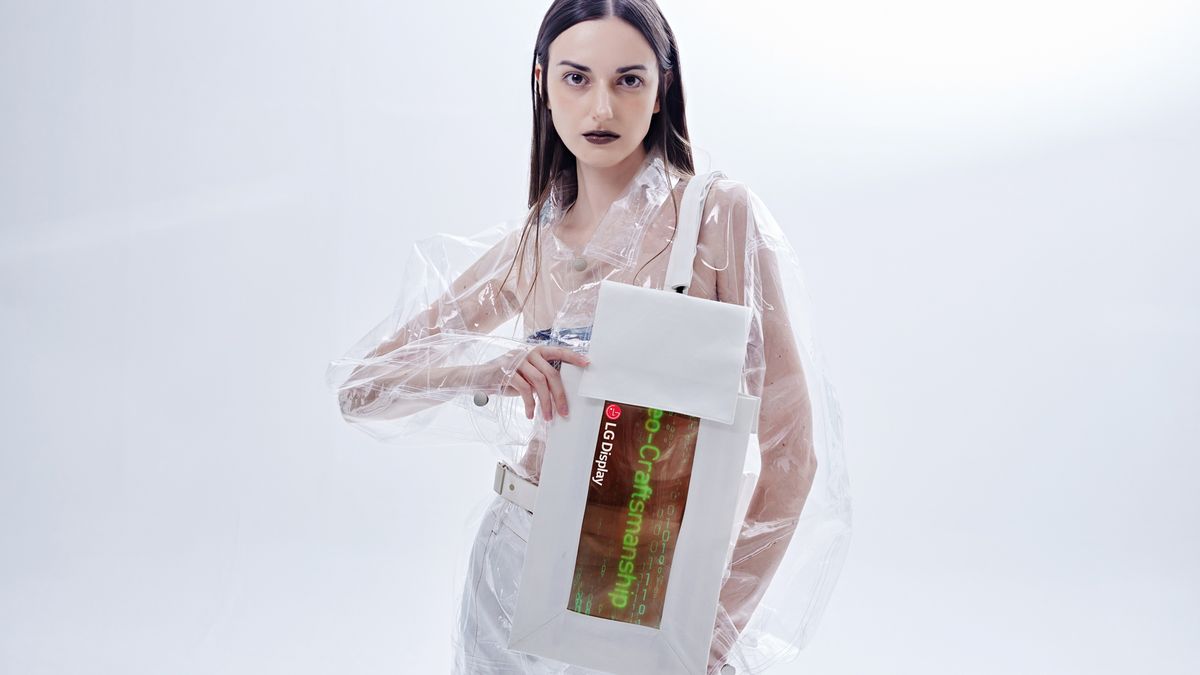Swiss company Micro, best known for its two- and three-wheeled scooters for children and adults, announced an addition to its adorable but lesser-known Microlino EV range at this year's 2024 Geneva Motor Show, promising a lower-powered model In some markets, 14-year-olds can legally drive it.
Inspired by the famous Isetta Bubble Car of the 1950s, the Microlino Lite features the same front-opening “refrigerator door” and three-wheel design. But this completely modern version is powered by batteries and electric motors.
Micro has stripped this machine down to its most basic aspect, ensuring it has 50 per cent fewer parts than a conventional car and weighs just 435kg, resulting in a simple user experience and minimal maintenance.
Although the standard Microlino has been on sale in some European markets for some time, with a frankly incredible price of 21,990 euros (around £19,000 / $24,000 / AUS$36,500), this is the first time the Swiss company has introduced a model that adheres to the light quadricycle category (L6e) in much of Europe.
The fact that it is limited to 45 km/h (28 mph), compared to 90 km/h (56 mph) for the full version, means that it can be enjoyed by children as young as 14 in France and Italy, those as young as 15 in Sweden, Germany, Austria and Spain. Meanwhile, those in the UK have to wait until they are 16 years old.
Unfortunately, Switzerland, Liechtenstein and Denmark are a little stricter and freedom seekers will have to wait until they are 18 to get their hands on this little electric vehicle.
Thanks to its ultralight structure, the Microlino Lite is capable of traveling almost 100 kilometers on a single charge and recharging the batteries takes about two hours from a domestic outlet. There's also a larger 11 kWh battery option (standard is 5.5 kWh) that extends range to 180 km, or 112 miles, but takes four hours to charge.
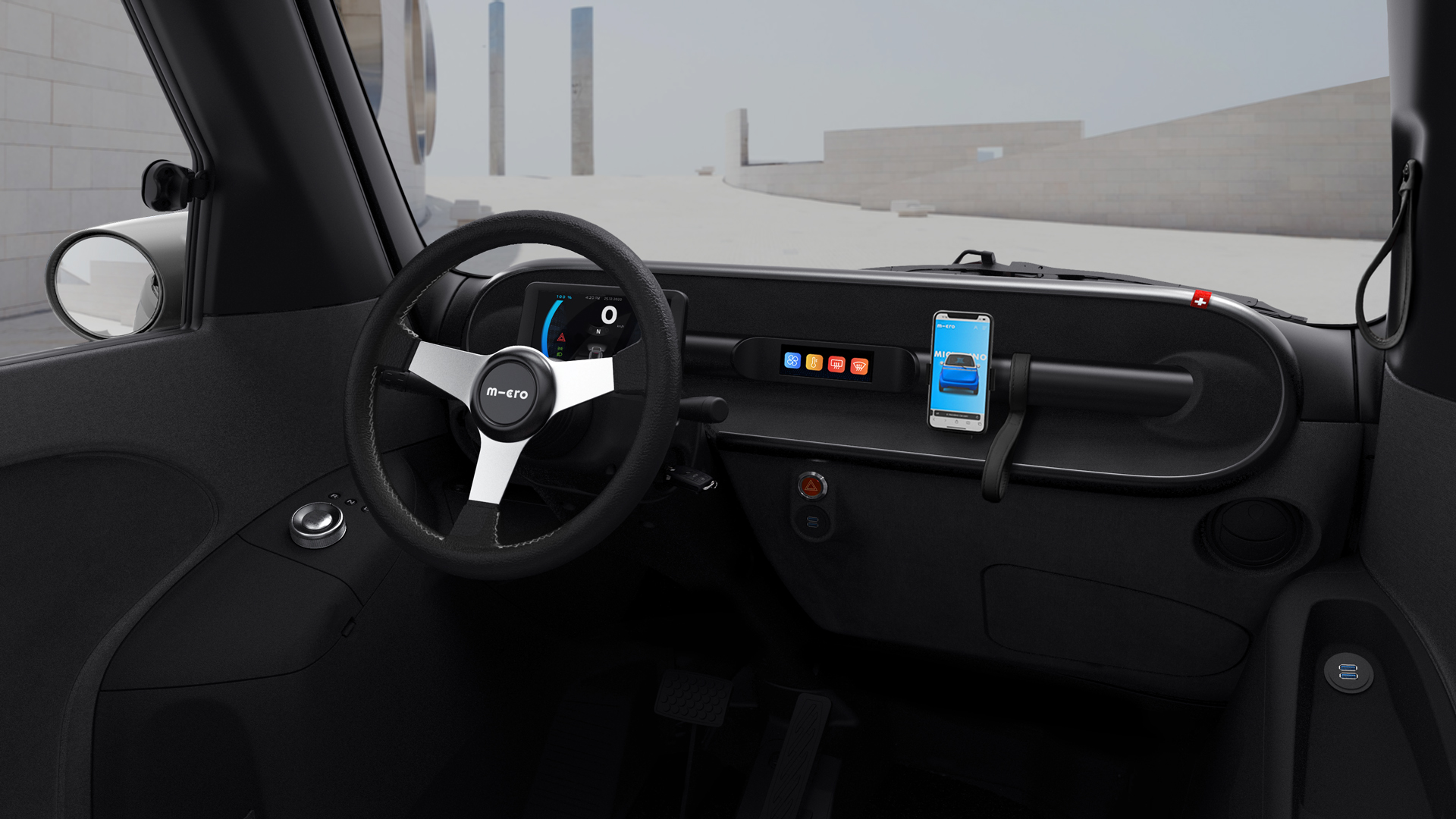
It puts overweight SUVs to shame with its ability to park in tight spaces and transport two people in relative comfort, with room in the back for a 230-litre kit. Additionally, the driving experience consists of two simple pedals and a steering wheel. There are more complex golf carts.
But with an aluminum outer shell and a self-supporting steel unibody body, it stands head and shoulders above many rivals in its class when it comes to safety and driving dynamics.
Micro says the Microlino Lite will be available in two colors when it launches this summer, although there are options to add things like Bluetooth speakers, phone chargers, and stylish seat fabrics. But naturally these cost more.
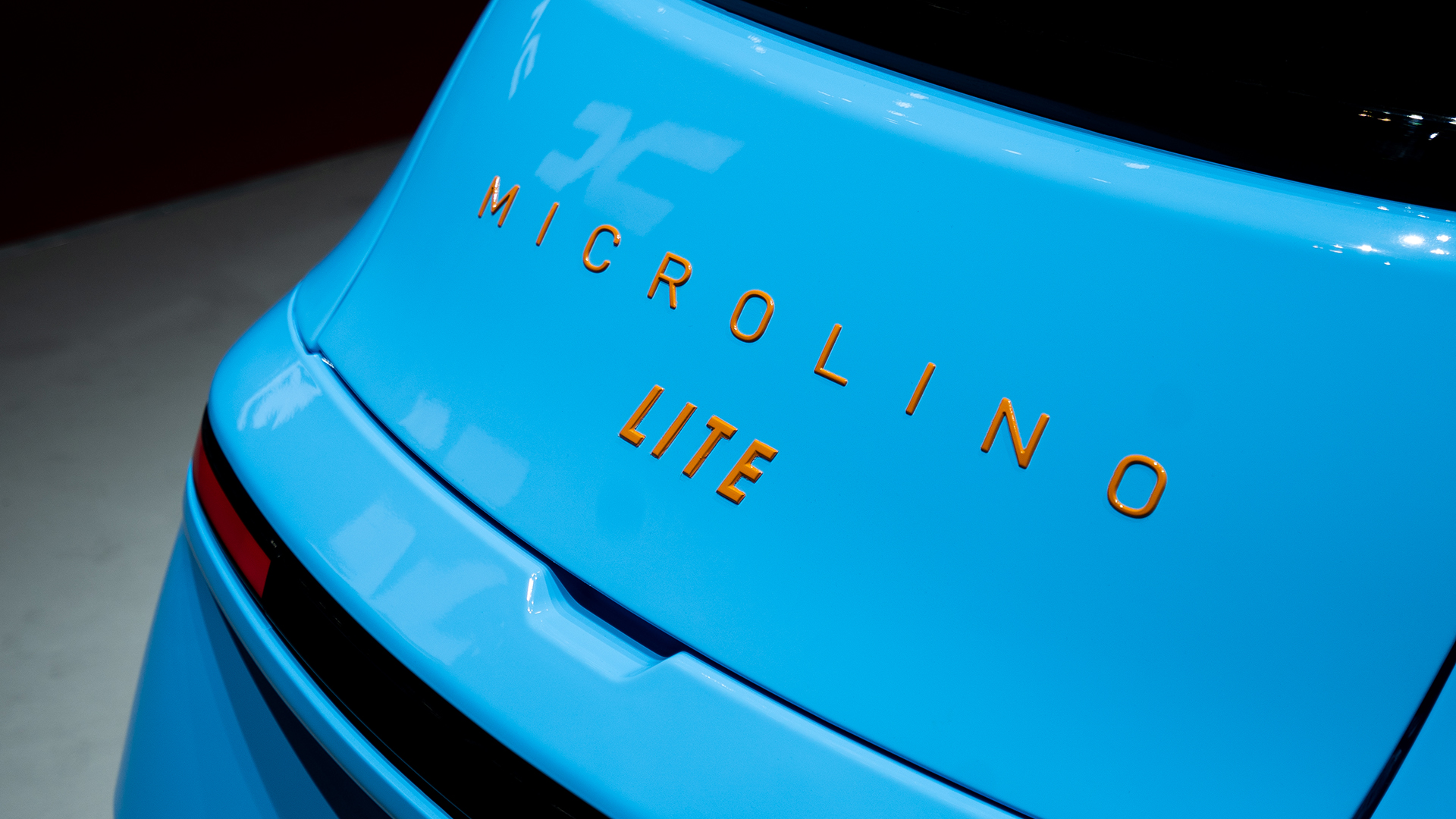
Unlike the larger Mircolino, this Lite sibling will be offered on a lease basis, rather than outright purchase. Micro suggests monthly payments of CHF149, which is roughly equivalent to €156/£134 or $169/AU$259.
Currently, there is no information on the exact markets in which the Micro will launch, but sales will most likely begin in Switzerland, as well as France and Italy, with much of Europe to follow.
However, Micro spokesperson Merlin Ouboter told The Verge that the Microlino Lite is eligible to register in the US as a neighborhood electric vehicle (NEV), so it could arrive in North America by the end of 2024. .
Analysis: Micromobility is on the rise
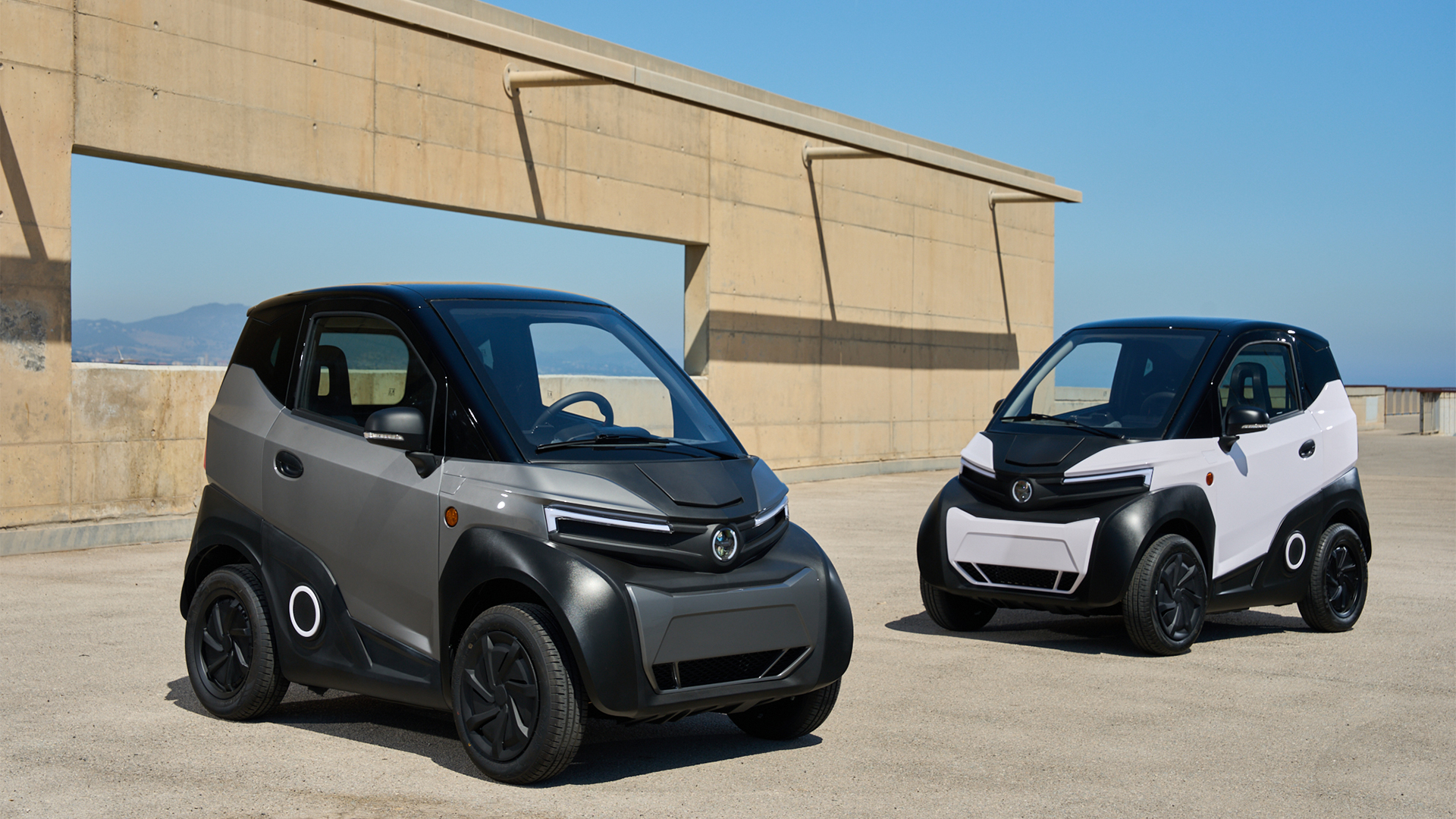
The dawn of the electric vehicle era has strangely begun with a disproportionate number of large, heavy and expensive SUVs. It has been said that despite the lack of local emissions, these bloated behemoths have a lot to answer for when it comes to dangerous particles entering the atmosphere thanks to increased tire and, in some cases, brake wear. .
What's more, not everyone wants to spend a fortune on something that is often useless in today's congested cities. It's one of the many reasons why micromobility solutions seem to be on the rise.
We recently reported on the Silence S04 Nanocar, which was also launched at this year's Geneva Motor Show and features innovative battery swapping technology to make life with a small electric vehicle a little more convenient.
Citroën also claims that its little Ami has been a runaway success, boasting 23,000 orders in the first two years of its existence.
While an electric microcar is probably not the solution to everyone's mobility problems, it fills a clear gap by offering low-cost, stress-free driving that is particularly suitable for highly congested urban areas where parking is a major issue.
Silence, for example, has found fortune providing its S04 Nanocar to large-scale rental fleets and inner-city transportation providers, where the vehicle acts as a boat to transport users, but charges them by the hour or minute. to keep costs down.
As roads become busier and urban planners work harder to combat congestion and local emissions, city dwellers could soon find themselves behind the wheel of an electric microcar, wondering why they bothered buying full-size vehicles. complete first.

